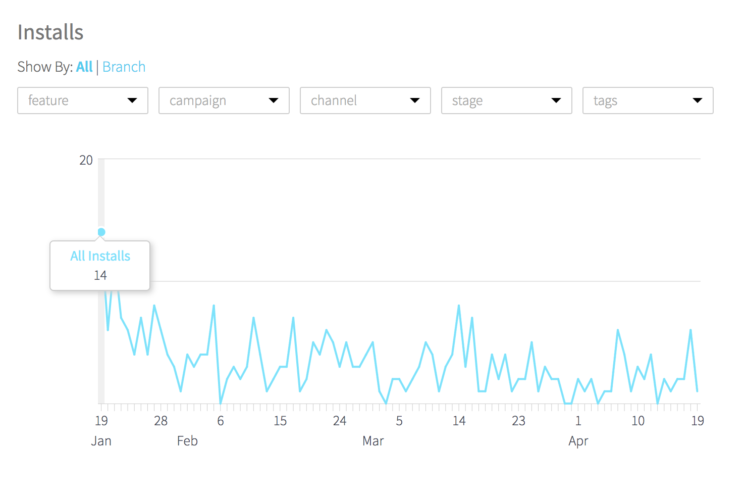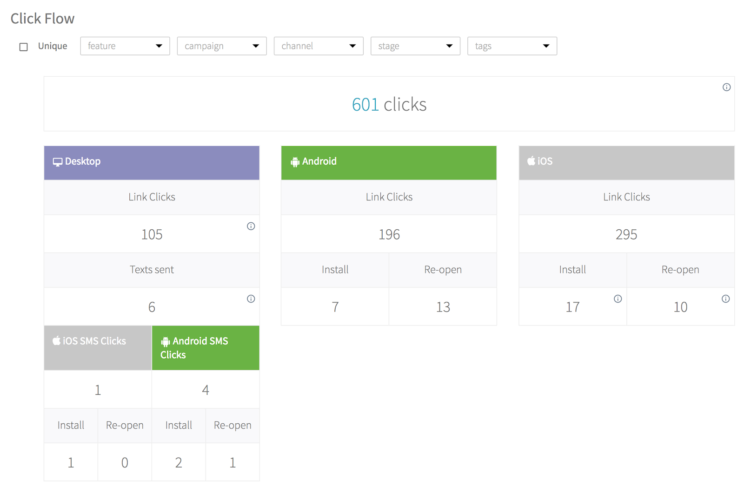
Hi folks, I want to share with you our experience using a deep linking service called branch.io. If you have a mobile product and looking for new ways to gain users, tune conversion rate and improve UX – this article should be interesting for you.
Deep link is something very usual for web, but not for mobile applications. For example, here is a web deep link to our blog: datarockets.com/blog. It means that you don’t need to open our website first to go to the blog page, you can open that page right away.
Deep links – are not common UX practice in mobile apps development. In the majority of mobile applications, you can’t use a shortcut to open a particular screen or automatically perform some action, unfortunately. Let’s see how it works on an example.
Let’s assume that we have a mobile product – an app that sells tickets to conferences. We have a very simple workflow: users download our app -> sign up -> browse conferences -> select one of the conferences -> purchase e-tickets.
As product owners, we want to grow our audience. So we decide to use an upcoming popular conference to promote our app and win new users. Good marketing move, huh? With deep linking we can create a special link that automatically does the following:
Well, that is a good way to sell tickets to a particular conference and obtain new users. They don’t need to go through the other screens and search for the conference.
Let’s assume that our marketing department is not satisfied still and wants people to share our links. We want to make our product viral. Ah, sweet dreams 🙂
So we decide to create another link that gives an 80% discount to every user that taps on it. That is a huge discount and people can share it with their friends and colleagues. So the flow with this link may be the following:
Let’s see how it helps:


For example, you have an affiliate and pay a percent from sales to them. You can create a channel for the affiliate and provide a Branch.io link. You will see all the stats for that affiliate.
Pretty useful, right?
Check out our newsletter